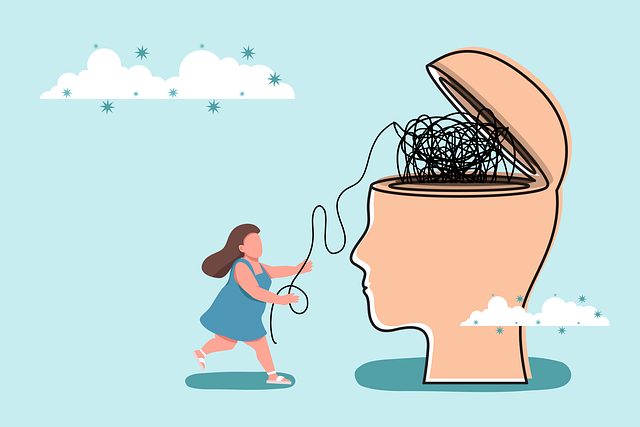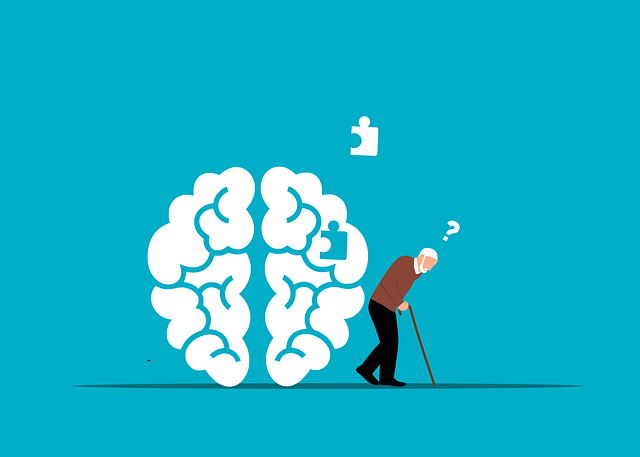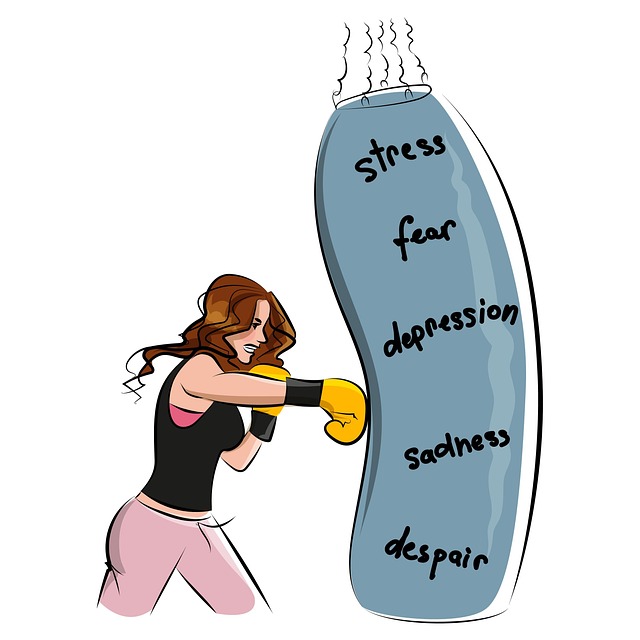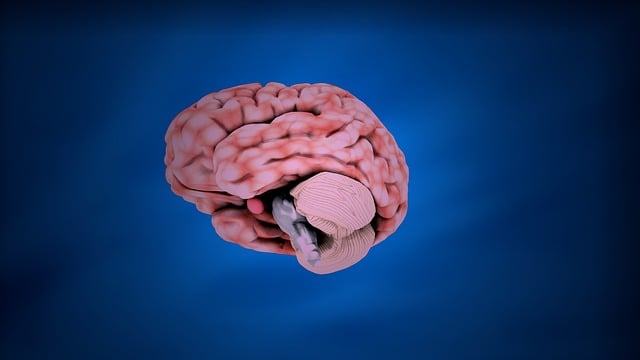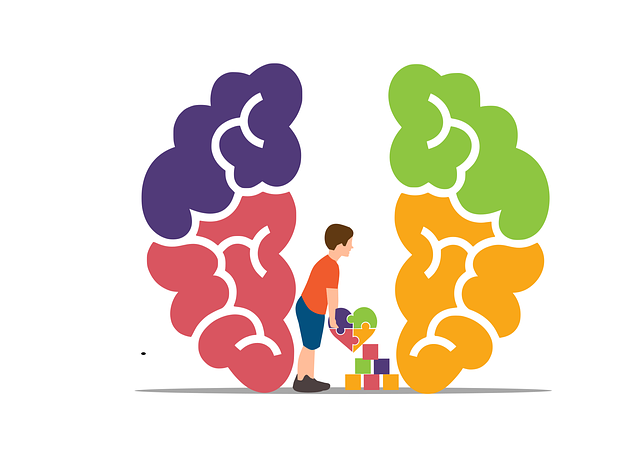Public awareness campaigns using evidence-based practices like Therapy for Young Children, particularly EMDR, transform societal attitudes towards mental health by educating communities, breaking stigma, and promoting early intervention. These initiatives, supported by effective communication strategies and storytelling in Mental Wellness Podcast Series, humanize mental health issues, fostering empathy and open dialogue. Designing engaging, age-appropriate therapy campaigns for children incorporates techniques like EMDR for trauma healing, contributing to healthcare provider burnout prevention. Integrating EMDR into educational programs enhances engagement and offers practical solutions, while enhancing cultural competency and emotional intelligence training ensures sensitive services tailored to diverse communities.
Public awareness campaigns play a pivotal role in promoting mental health, especially among vulnerable groups like young children. This article explores the development and impact of such initiatives, focusing on therapy-centric approaches, particularly Eye Movement Desensitization and Reprocessing (EMDR). We delve into designing effective campaigns targeting youth, considering EMDR’s effectiveness in addressing mental health issues early. Additionally, practical implementation strategies are discussed to maximize reach and engagement, ensuring impactful mental health awareness.
- Understanding Public Awareness Campaigns and Their Impact on Mental Health
- Designing Effective Therapy-Centric Campaigns: A Focus on Young Children and EMDR
- Implementation Strategies for Maximizing Reach and Engagement in Mental Health Awareness Initiatives
Understanding Public Awareness Campaigns and Their Impact on Mental Health

Public awareness campaigns play a pivotal role in shaping societal perceptions and behaviors related to mental health. These initiatives aim to educate communities about various aspects of psychological well-being, breaking down stigma and encouraging early intervention. One such impactful approach is utilizing Therapy for Young Children, such as EMDR (Eye Movement Desensitization and Reprocessing), which has shown remarkable results in treating trauma. By integrating these evidence-based practices into awareness campaigns, the focus shifts from reactive treatment to proactive mental wellness.
Effective communication strategies are essential tools within these campaigns. They help convey complex information simply, ensuring that diverse audiences, including healthcare providers, can readily understand and adopt burnout prevention strategies. Furthermore, leveraging the power of storytelling in a Mental Wellness Podcast Series Production can humanize mental health issues, fostering empathy and encouraging open dialogue. This multi-faceted approach not only raises awareness but also empowers individuals to take charge of their mental wellness.
Designing Effective Therapy-Centric Campaigns: A Focus on Young Children and EMDR

Designing effective therapy-centric campaigns requires a deep understanding of the target audience, especially when focusing on young children. The goal is to create engaging and age-appropriate content that facilitates their mental wellness journey. Incorporating elements like storytelling, visuals, and interactive activities can make therapy more accessible and less intimidating for kids. For instance, integrating Eye Movement Desensitization and Reprocessing (EMDR) techniques into these campaigns offers a powerful tool for trauma healing. EMDR is an evidence-based therapy known for its effectiveness in addressing past traumatic events, helping young minds process and overcome difficult experiences.
By combining creative campaign strategies with specialized therapeutic methods like EMDR, it becomes possible to engage young children in meaningful ways while promoting mental wellness. This dual approach ensures that both the message of mental health awareness and the provision of therapy are tailored to the unique needs of this demographic, ultimately contributing to burnout prevention strategies for healthcare providers who specialize in childhood mental health.
Implementation Strategies for Maximizing Reach and Engagement in Mental Health Awareness Initiatives

Effective implementation strategies are pivotal to maximizing the reach and engagement of mental health awareness initiatives, especially when targeting young children. One powerful approach is integrating therapy techniques such as Eye Movement Desensitization and Reprocessing (EMDR) into educational programs. This not only captivates attention but also provides evidence-based solutions for common mental health challenges in childhood. By incorporating EMDR alongside Mind Over Matter principles, awareness campaigns can foster emotional resilience and normalize conversations around mental well-being at an early age.
Moreover, enhancing healthcare provider cultural competency training is essential. Educating professionals on the nuances of diverse communities ensures that mental health services are accessible, sensitive, and effective. Emotional intelligence, a cornerstone of successful therapy, should also be emphasized. Training caregivers and educators in emotional intelligence enables them to recognize and address children’s emotional needs, thereby reinforcing messages from awareness campaigns and improving overall community mental health literacy.
Public awareness campaigns play a pivotal role in fostering mental well-being, especially among vulnerable populations. By combining evidence-based practices like Eye Movement Desensitization and Reprocessing (EMDR) therapy with creative engagement strategies, we can effectively reach and support young children. Implementing these campaigns requires a multi-faceted approach to ensure maximum impact and accessibility. Integrating EMDR into mental health initiatives not only enhances awareness but also provides therapeutic benefits, ultimately contributing to the development of resilient and healthy individuals.

